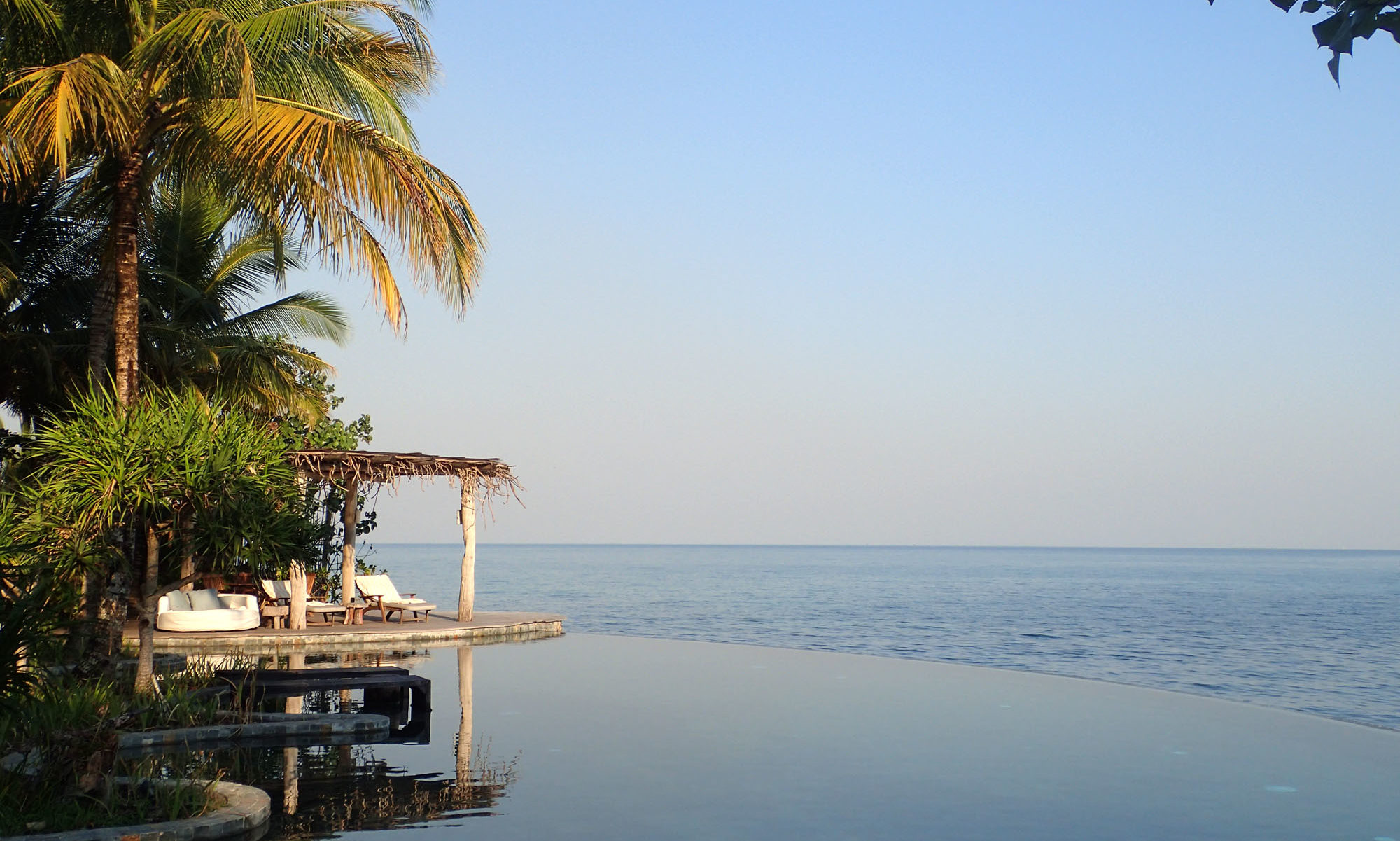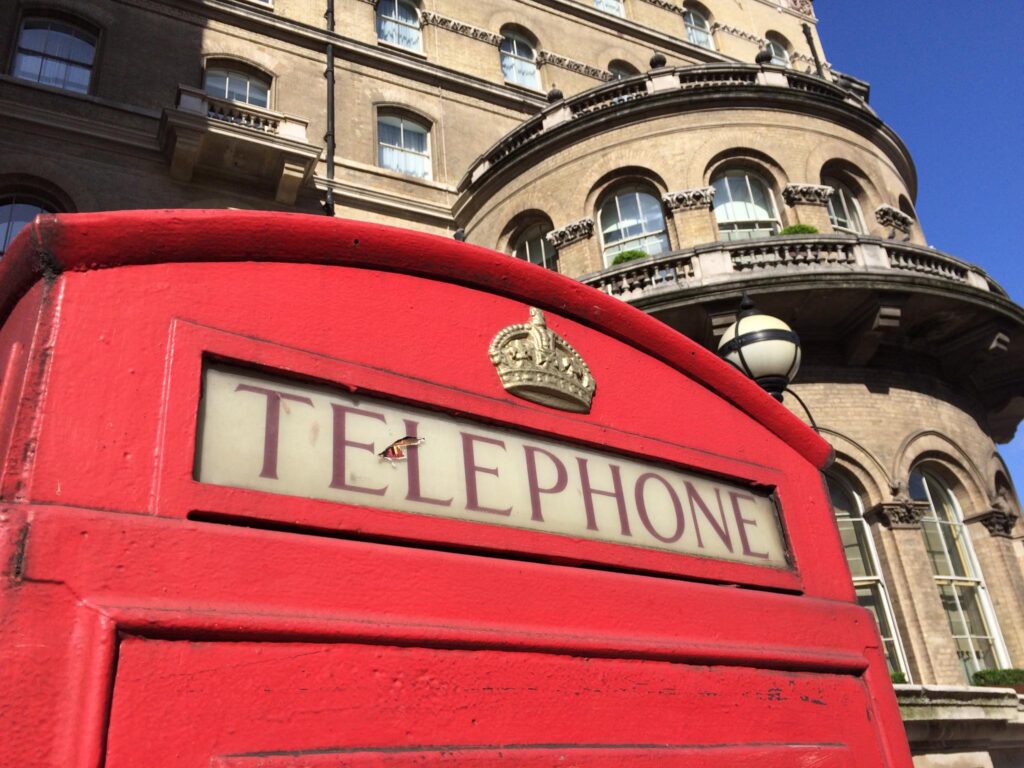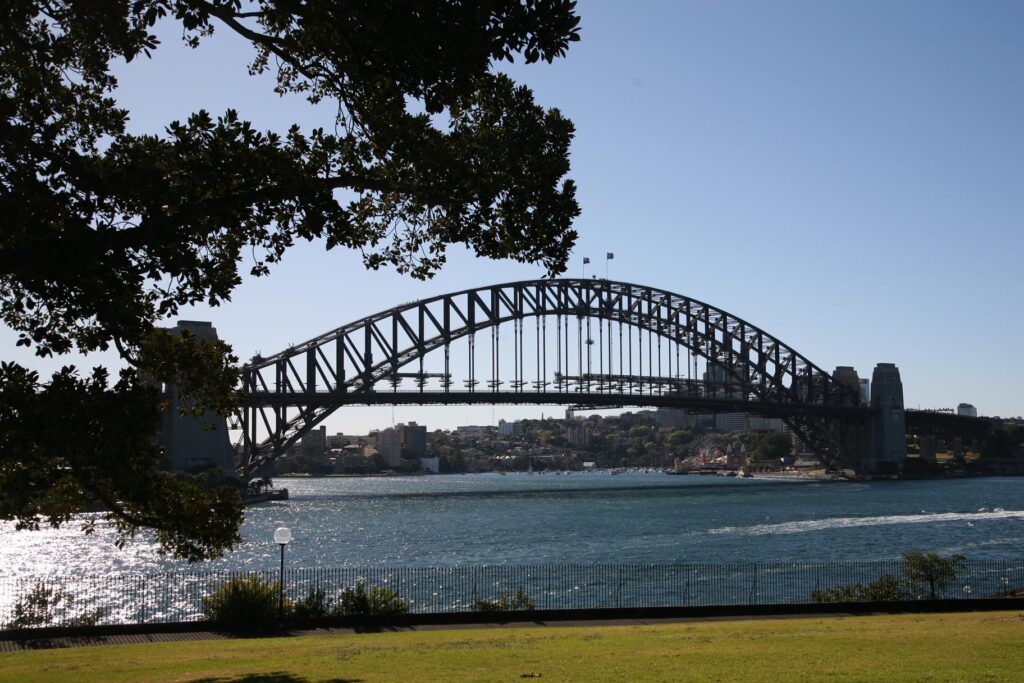
The travel world is agog: space tourism is about to be a thing.
On July 20th, Amazon-founder Jeff Bezos and three others will embark on an 11-minute flight in a capsule called New Shepard (apparently modeled on Bezos’ head), to about 100km above the Earth’s surface.
One of his fellow passengers paid $28m for the trip, or roughly $42,000 per second.
Never mind that space tourism was already a thing (more on that later), in a world of ‘influencers’ the demand for a few minutes of selfie-time in space is sure to be in demand.
Given roughly half of Instagram’s billion or so users are singularly focused on impressing people, space travel is going to be huge. The Earth is too small to contain Instagram’s vast celebration of self-absorption, a world in which having money (and/or enough plastic surgery) is having influence.
And that’s where space travel comes in – what better way to let everyone know you have money than a selfie with the entire Earth in the background?
Don’t get me wrong: I think it would be awe-inspiring to see the blue planet from space. I understand why for many people this is a lifelong dream.
It was the case for Dennis Tito, an American millionaire, who was is the first space tourist in 2001, paying US$20m to get to the International Space Station (ISS) for seven days.
Credit where it is due – Tito had not only dreamed of going to space, he had actually worked at NASA’s Jet Propulsion Laboratory. Six more space tourists followed in his footsteps – one even went twice. (If you fancy a go, Space Adventures organized all eight of those visits).
For the billionaires involved, today’s space race is probably about being a bit bored with ordering a bigger mega yacht every few years.
Spending a billion dollars is hard work. You’d have to buy a $50m mansion every year for 20 years just to get through a single billion. If you’re aiming to blow $100b, then it’s a $50m mansion twice a month for 80 years. See what I mean? You’ve got to feel sorry for these chaps (and they are, mostly, chaps).
Most of us work and save money to purchase things that may improve our lives – travel, for example, or a new bicycle (yes, I know in this example I’m talking about people in the rich world). We save, do our homework, and anticipate that trip or that purchase. It has value because it cost something.
Billionaires, on the other hand, have a brain-fart and then get their personal assistant organize a private island somewhere or maybe just buy one. Easy. But valued?
Or maybe they buy that bicycle in every colour because…well, why not? And they’ll all end-up in a storge facility somewhere. Rosebud ring a bell? Seriously, we’d be doing these guys (and the world) a favour if we taxed them properly.
Still, if you have all that money, you probably want to spend it on something. Bezos apparently sells around $1b of Amazon stock a year to fund Blue Origin, his rocket company. At this rate he’ll run out of money in about 187 years, though when you realise he was only worth $12b in 2010, it is difficult to imagine his space venture spending ever catching up with his rising wealth.
Also, you can charge people to get there. By January next year two passengers are forking-out $55m a piece to go to the ISS – this time sitting on top of one of Elon Musk’s SpaceX rockets, though once they get to the Space Station they’ll be put to work. Ten days on the ISS is a bit long just to be snapping selfies.
For the selfie crowd the hot market is likely to be ‘suborbital’ space travel – which is where the purely tourism part of the industry resides. UBS reckons it could be a $20b industry by 2030, though it does assume it will replace some point-to-point travel. The bank estimates $3b of that will be these short-duration joy flights.
The two main players here are Virgin Galactic and Blue Origin.
Virgin Galactic uses a jet-powered mothership to get to 50,000ft before launching SpaceShipTwo (SpaceShip III is under development) with four or six passengers and two pilots aboard. It then powers itself by rocket to an altitude of around 90km, at which point the rocket is extinguished while still on an upwards trajectory, and passengers can float around the cabin for views of the Earth through 17 windows (all while being filmed in HD by 16 cameras – Insta!) before gliding back to land at the dedicated Spaceport facility in New Mexico.
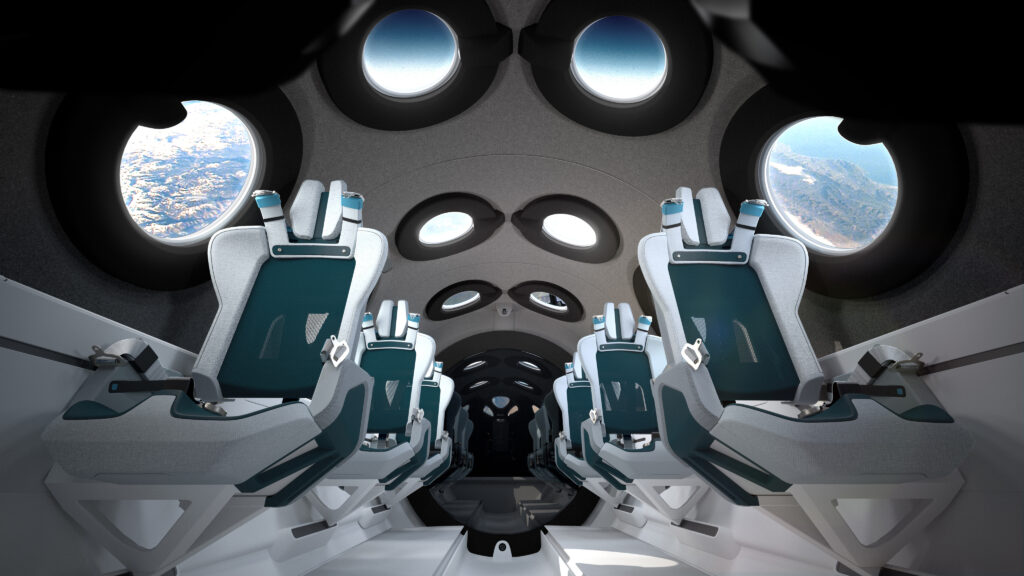
Blue Origin utilises a more conventional rocket – albeit a reusable one – with the New Shepard pod on top. Three minutes after launch, and after experiencing up to 3G of acceleration, the rocket and pod separate, and the passengers can unbuckle to experience weightlessness as they pass 100km above the Earth’s surface. That all happens for about three minutes until re-entry, after which the pod parachutes back to land in the desert in West Texas, around 10 minutes after takeoff.
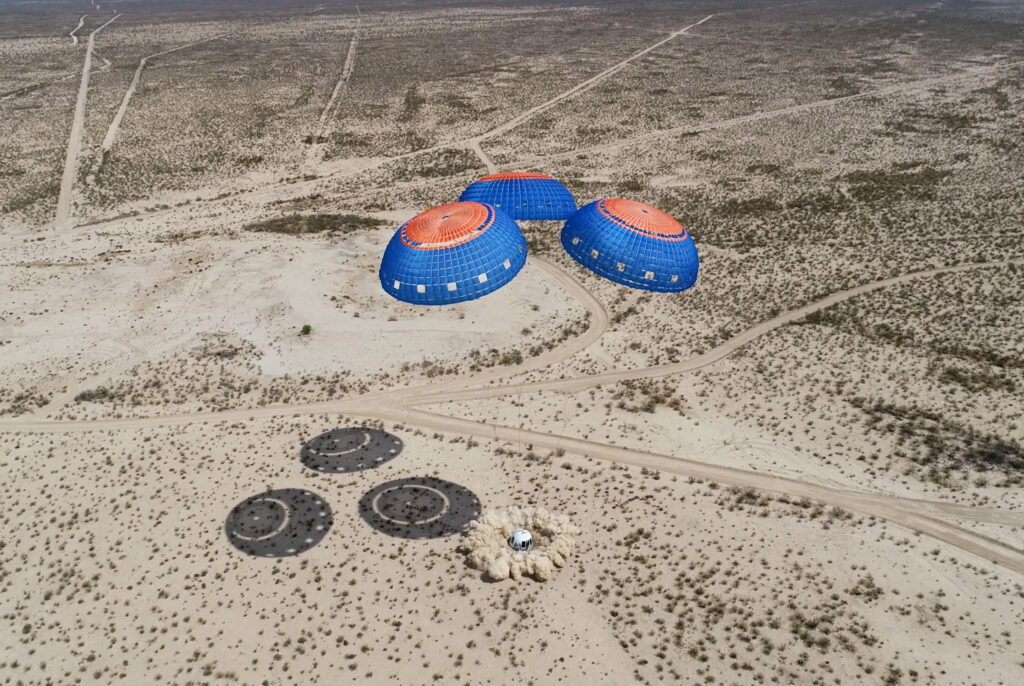
An intriguing newcomer called Space Perspective is offering six-hour flights aboard an eight-person (plus pilot) capsule under a massive balloon to around 30km above sea level.
It’s a bit of a cheat, because technically, the balloon isn’t going to get you into space – outer space is considered to start at 100km above sea level – but merely high up in the Stratosphere. Still, the views ought to be okay, and the pod has a toilet and a bar. A bar! Plus, your Insta followers are hardly going to know you never really made it to space.
Apparently all 300 seats for 2024 are sold-out, at $125,000 a pop, or roughly half the cost of the other two. At 30km above the ground, it reaches roughly three times the altitude of a standard commercial jet, or twice as high as the private jets you’re used to flying. It’s even equipped with WiFi, so livestreaming is going to be the go.
That won’t be annoying.
In space no one can hear you scream. In the stratosphere my screams would be quite audible.
It won’t be something I ever experience either. It’s not only the money – though that’s absolutely a factor – it’s that even as a bloke who can spend hours staring out an aircraft window, I can’t really see the value. It’s like going to see a view over Bangkok or Barcelona without getting amongst it and seeing how people live. What sort of other holiday could you have for $125,000? Do you imagine it could be better than a few hours in a balloon? I do.
Around 70 years after the original, we are at the brink of a new space race, but this time it’s not governments trying to outdo each other. They don’t have space-race money these days. But billionaires do (refer to tax point, above). And space – or near enough to it – will be Instagrammer gold. Space travel will be another opportunity to engage in untrammeled narcissism, brought to fruition by a bunch of blokes intimately familiar with the concept.
